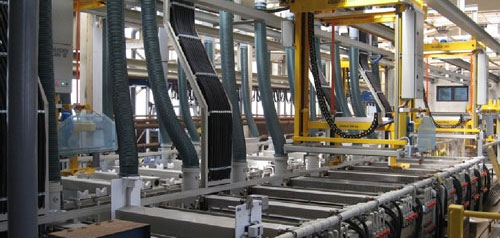Electroplating plays a critical role in the manufacturing processes across various industries. This intricate process involves the deposition of a thin metal layer onto the surface of a substrate, usually to enhance its properties, improve durability, or provide a specific aesthetic appeal. Electroplating is utilised in sectors ranging from automotive and aviation to electronics and energy, demonstrating its versatility and essential contribution to modern engineering.
In the sophisticated world of engineering, particularly in the realm of electric motors that are the lifeline of various industries, innovation and efficiency are paramount. Selective electroplating has remarkably ascended as an unsung hero in this domain. Below, we unveil the manifold benefits and intrinsic values that this technique harbours, casting a spotlight on its indispensability.
Plating services are important in any industry but particularly for the application in military vehicles. The brave men and women in our armed forces are often required to place themselves in dangerous situations. For that reason, the quality of equipment and machinery they use could literally mean the difference between life and death. To protect our military personnel, the defence industry always ensures that they have the best products at their disposal.
Components that are designed to carry heavy electrical currents all need some form of electroplating if they are to perform effectively. There’s the side effect of an improved decorative look, but the reasons these components are plated are far more important than the look. Electroplating is essential to the functioning of the component. It helps in the following areas
- reduced corrosion
- enhanced strength
- reduced friction
- increased solderability
- benefits to conductivity
- help with paint adhesion
All these things mean a longer lifespan and less risk of failure. Advances in modern technology means that electroplating has become a critical part of the manufacture of components that will have an electrical current passing through them. When it comes to modern technology, in some areas it’s viewed as critical.










Recent Comments